Compression leggings have become an essential part of activewear for many fitness enthusiasts. These leggings offer various benefits, such as improved blood circulation, reduced muscle fatigue, and enhanced performance. However, with so many options on the market, choosing the right pair of compression leggings for your specific needs can be overwhelming. Whether you’re running, doing yoga, lifting weights, or recovering from an intense workout, the right compression leggings can make all the difference in your performance and comfort. Here’s a guide to help you choose the perfect compression leggings based on your activity and personal preferences.
Understanding Compression Leggings
Compression leggings are designed to apply a graduated level of pressure to different areas of the legs and hips. This pressure encourages better blood flow, helping to deliver oxygen to muscles and reduce the buildup of lactic acid during exercise. They also offer joint support and help to prevent muscle injuries. Compression leggings come in various fabrics, compression levels, and styles, each suited for different activities and purposes.
1. Consider the Level of Compression
One of the first things to consider when choosing compression leggings is the level of compression. Compression levels range from mild to high, and selecting the right one will depend on your goals and activity level.
- Mild Compression (15-20 mmHg): Best for light activity or for those who want moderate support. Ideal for casual use or long days spent on your feet. Great for traveling or managing light muscle fatigue.
- Moderate Compression (20-30 mmHg): Suitable for moderate exercise such as running, cycling, or CrossFit. This level of compression can help with muscle fatigue, reducing soreness and improving performance during moderate intensity workouts.
- High Compression (30-40 mmHg): Best for intense workouts, recovery, or if you’re prone to serious muscle fatigue. This level of compression provides the most support, reducing swelling and aiding in muscle recovery.
How to Choose:
If you’re doing high-impact activities like running or weightlifting, go for moderate to high compression for better support and performance. For less intense activities like yoga or walking, mild compression may be sufficient.
2. Choose the Right Fabric for Your Activity
Compression leggings come in a range of fabrics, from breathable mesh to moisture-wicking materials. The fabric you choose should be based on the activity you’ll be doing.
- Nylon/Spandex Blends: These fabrics are durable, flexible, and offer good stretch. They are often used for yoga, Pilates, or low to moderate intensity activities due to their soft feel and ability to move with your body.
- Polyester/Spandex Blends: These are great for high-intensity workouts or running, as they are moisture-wicking and provide more durability during rigorous movements.
- Neoprene: Used in some compression leggings for recovery, neoprene provides heat retention and increases circulation, making it perfect for post-workout recovery or for individuals with muscle pain.
- Mesh Panels: For added breathability and ventilation, mesh panels are great for people who sweat heavily during exercise or want a lightweight feel in warmer weather.
How to Choose:
If you’re doing an intense cardio workout or running, look for moisture-wicking fabrics such as polyester blends. For yoga or Pilates, a soft, flexible material like nylon/spandex will offer more comfort and mobility.
3. Determine the Right Fit and Style
The fit of your compression leggings can have a significant impact on both comfort and effectiveness. Compression leggings should feel snug, but not restrictive. It’s important to find the right balance between tightness and comfort.
- High-Waisted vs. Low-Waisted: High-waisted compression leggings offer extra support for your core, which is especially beneficial during intense workouts or activities that involve a lot of bending. Low-waisted leggings provide more freedom of movement and may feel more comfortable for certain exercises like yoga.
- Full-Length vs. Capris: Full-length compression leggings are ideal for colder weather or for activities that require full leg support, such as running or weightlifting. Capris, on the other hand, provide more breathability and freedom of movement, making them a great option for warmer climates or activities like cycling or HIIT.
- Seamless vs. Seamed: Seamless compression leggings are great for comfort, as they reduce the risk of chafing. They’re also a popular choice for yoga or low-intensity activities. Seamed leggings offer more structure and may provide additional support, which is ideal for running or strength training.
How to Choose:
If you want extra support for your core and prefer full coverage, high-waisted, full-length leggings are the way to go. If comfort and freedom of movement are your priority, consider low-waisted or capri-length leggings.
4. Consider the Activity You’ll Be Doing
Different activities place different demands on your body, and the right compression leggings will support those needs. Here’s a breakdown of the best compression leggings for specific activities:
- Running: Look for leggings that provide muscle support for your quads, hamstrings, and calves. Features like moisture-wicking fabric and lightweight material will help you stay cool and dry.
- Yoga/Pilates: Flexibility is key, so choose leggings with a high stretch factor and a comfortable waistband that won’t dig into your skin during floor poses.
- Weightlifting/CrossFit: Look for leggings with extra compression around the thighs and hips to help stabilize your muscles during heavy lifts or explosive movements.
- Recovery: If you’re looking for compression leggings to help with muscle recovery after a workout, opt for leggings made from materials like neoprene that promote heat retention and boost circulation.
How to Choose:
For running, lightweight leggings with moisture-wicking capabilities are ideal. For yoga, go for a flexible, soft pair of leggings. For weightlifting, choose leggings that offer extra support around your lower body.
5. Consider Additional Features
While the basic compression benefits are key, some leggings come with additional features that may enhance your comfort and performance.
- Pockets: If you need a place to store your phone or keys while running or traveling, look for leggings with hidden pockets or side pockets.
- Reflective Elements: For night runners or cyclists, leggings with reflective elements increase visibility, keeping you safe during low-light conditions.
- UV Protection: Some compression leggings are designed with UV protection to safeguard your skin during outdoor activities.
How to Choose:
If you often go for runs in low-light conditions, leggings with reflective details will be a great choice. For outdoor workouts, look for UV-protective fabrics to safeguard your skin.
Conclusion
Choosing the right compression leggings for your needs is all about understanding your specific requirements based on the activity you’re engaging in. Whether you’re running, doing yoga, weightlifting, or recovering from a workout, the right compression leggings can improve your performance, reduce muscle fatigue, and enhance comfort. Consider the level of compression, fabric, fit, and activity type when selecting your leggings to ensure you get the maximum benefits. With the right pair of compression leggings, you’ll feel supported and confident in any workout or activity you take on.
-
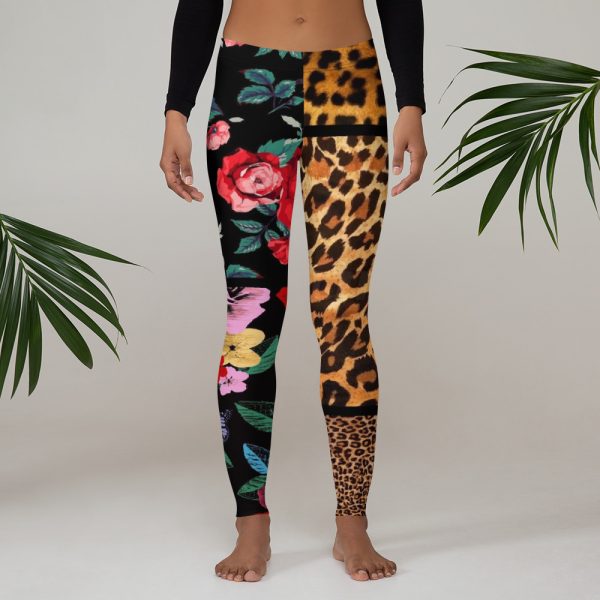 Designer Leggings Black Floral Leopard Animal Print$81
Designer Leggings Black Floral Leopard Animal Print$81 -
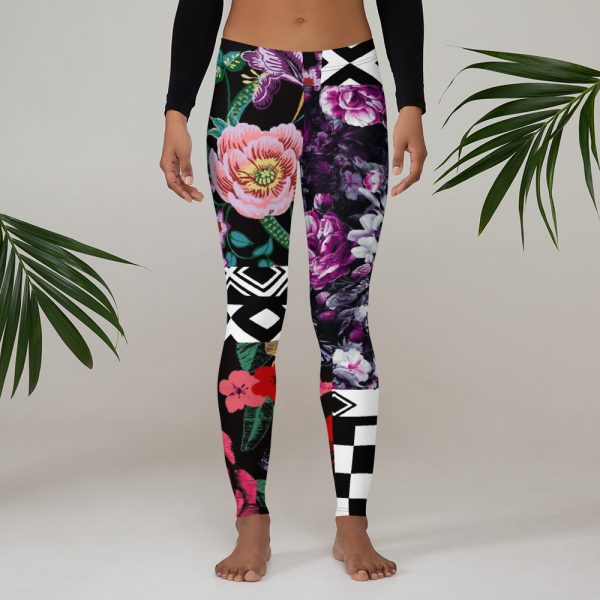 Leggings Black Floral Purple Red White Checkered$81
Leggings Black Floral Purple Red White Checkered$81 -
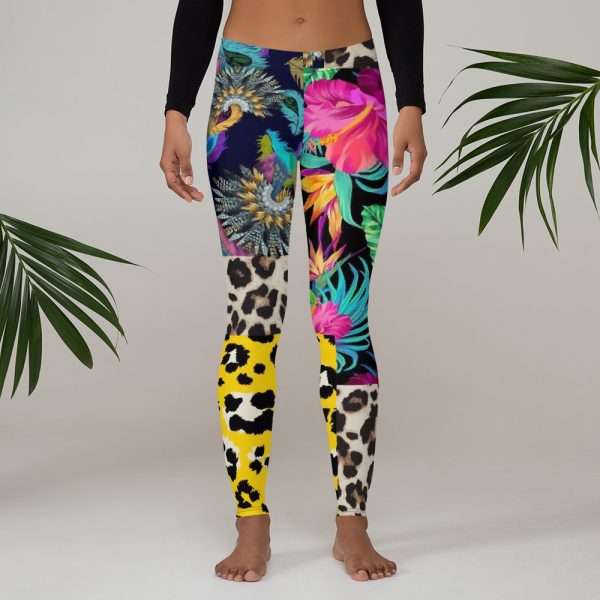 Leggings Floral Black Yellow Green Leopard Animal Print$81
Leggings Floral Black Yellow Green Leopard Animal Print$81 -
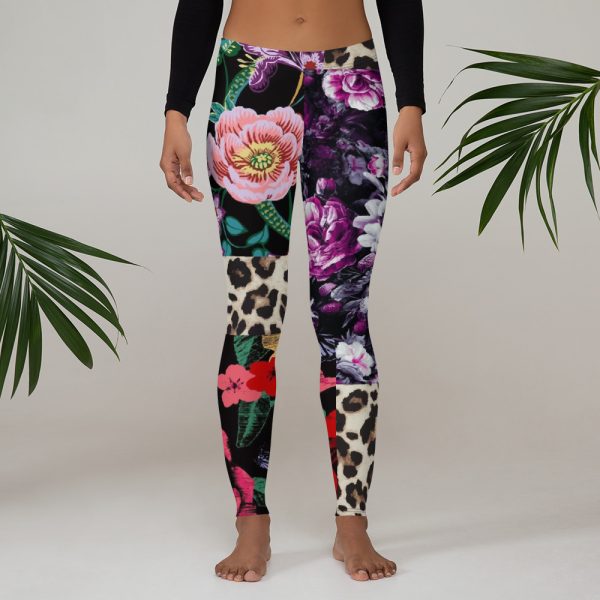 Leggings Floral Black Purple Red Leopard Animal Print$81
Leggings Floral Black Purple Red Leopard Animal Print$81 -
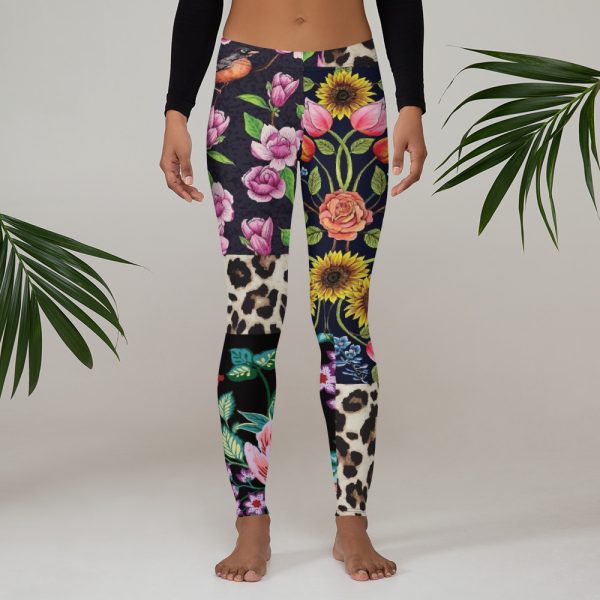 Leggings Floral Black Green Purple Leopard Animal Print$81
Leggings Floral Black Green Purple Leopard Animal Print$81 -
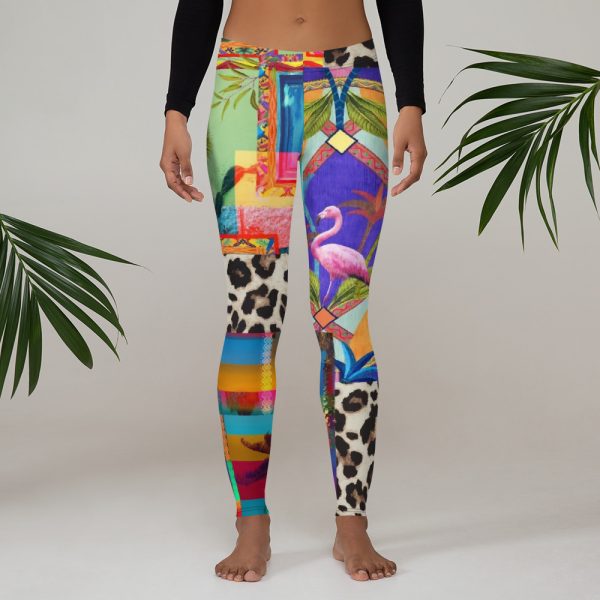 Leggings Floral Rainbow Green Green Purple Leopard Animal Print$81
Leggings Floral Rainbow Green Green Purple Leopard Animal Print$81 -
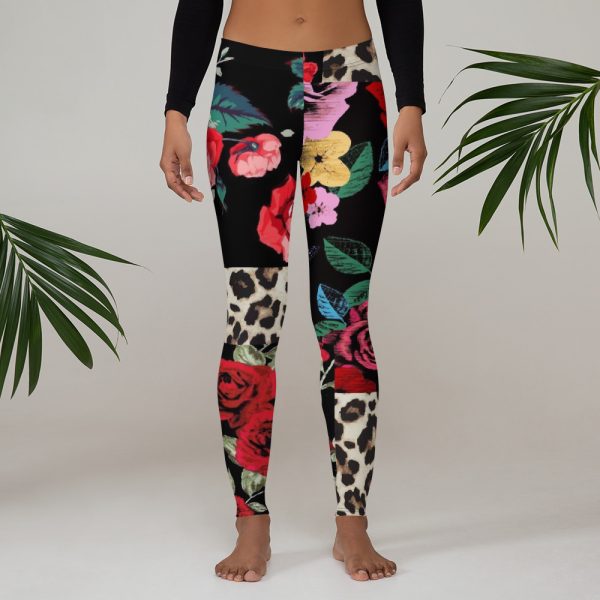 Leggings Floral Black Red Leopard Animal Print$81
Leggings Floral Black Red Leopard Animal Print$81 -
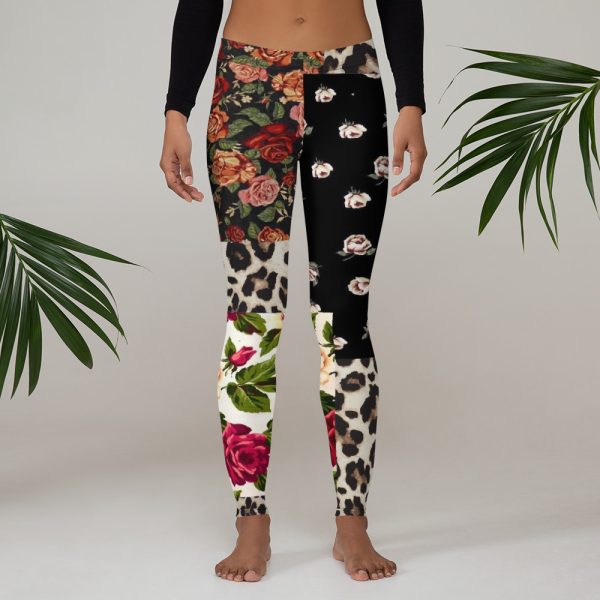 Leggings Floral Black White Brown Leopard Animal Print$81
Leggings Floral Black White Brown Leopard Animal Print$81 -
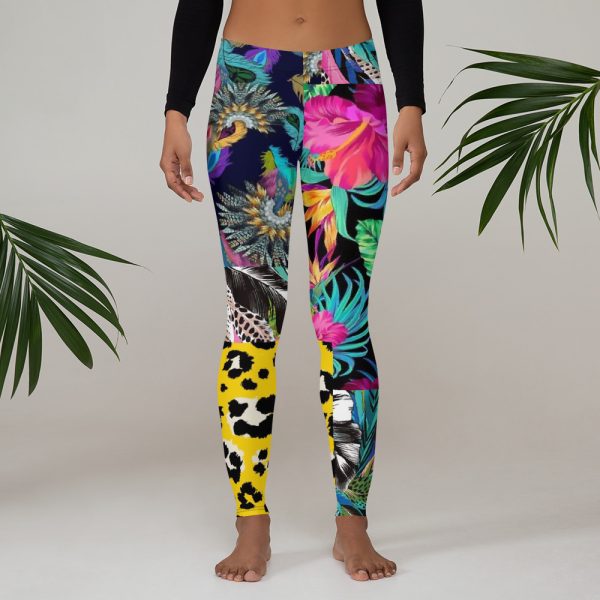 Leggings Floral Black Yellow Green$81
Leggings Floral Black Yellow Green$81
